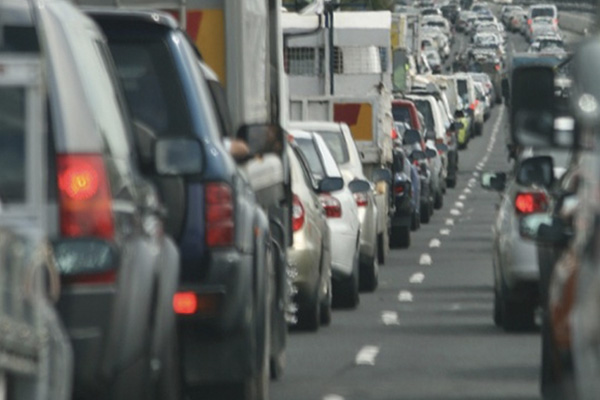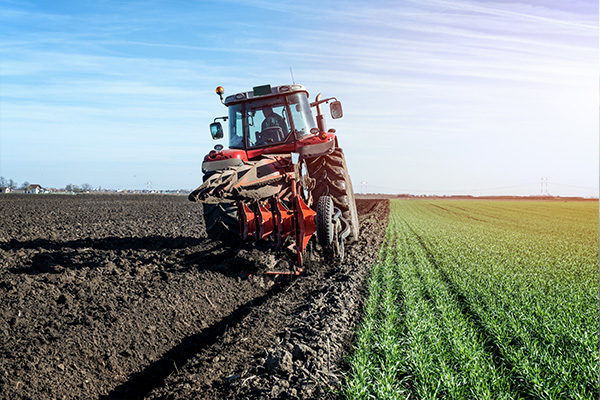Pollution in cities: the most polluting causes and sectors
Having discussed the concept of carbon footprint, let us move on to consider the composition of pollutants in cities, analysing those that are present in the air we breathe every day, and the sources of their emission.
Smog, why it is a problem and what it is composed of
Historical data shows a 67% reduction in greenhouse gas emissions in Italy from 1990 to 2017. However, this is still not nearly enough when we consider that, every year, there are around 9 million premature deaths in the world(16% of global deaths) connected to pollution.
In particular, for Italy, the European Environment Agency estimated that, in 2015, 60,200, 20,500 and 3,200 premature deaths may be attributable to long-term exposure to PM2.5, NO₂ and O₃ respectively.
In this regard, the most dangerous pollutants in the air of our cities are: atmospheric particulates (PM10 and PM2.5), nitrogen oxides (in particular NO₂), ozone (O₃), sulfur oxides (SOx), nitrates (NHx), and non-methane volatile organic compounds (NMVOC).
What are the most polluting sectors?
Let’s see together which sectors contribute the most to air pollution.
1. Transport and mobility
Transport is a major source of primary and secondary PM10 and nitrogen oxides. Though the presence of highly polluting cars on roads is falling every year (e.g. due to the introduction of the emissions classes Euro 0 and 2), private transport continues to be one of the main sources of pollution, especially in large cities.
During the 2020 lockdown, there was a decrease in primary PM10 from traffic of about 20%, and a decrease in NO₂ of 40 to 60%. Overall, however, the decrease was not enough to keep pollution within legal limits, as, on the one hand, the damage had already been done, given that emissions peak in the winter months, and, on the other, it must be taken into account that the main source of primary PM10 is domestic heating, which, in March, was still on. Adding to this, we also need to consider secondary pollution in the form of dust coming from agriculture, as we shall see shortly.
In any case, this does not exonerate transport as a source of pollution, since it contributes as much as about 20% of primary PM10, and is an important source of NOx (approximately 66%), contributing to the formation of secondary PM10, accounting for more than 50% of total PM10.

2. Domestic heating
The overall reduction in PM10 emissions recorded between 2005 and 2015 unfortunately did not concern domestic heating, which, instead, saw an increase in emissions due, on the one hand, to an increase in the use of woody biomass, and, on the other hand, a slow uptake of technological advances towards more efficient systems, such as condensing boilers and heat pumps. While numerous incentives have been put in place to replace cars on the road, the same has not been done for domestic heating, where progress has only begun to be made in the very last few years.
The result is that over the period of time under consideration, the contribution to primary PM10 from transport has halved, making domestic heating the main source.
We will return to the topic of heating in our next in-depth discussion, to see how we can lend a hand in cutting emissions by greater awareness.
3. Industry
Although it may seem counterintuitive, the industrial sector is actually the one that has reduced emissions the most over the years. This is due to a series of contributing causes, including relocation, automation, the closure of old plants, but also increasingly stringent regulations on emissions that have led to strategic choices to improve energy efficiency and cut harmful emissions.
However, for some sectors, such as chemical, energy production and steel industries, the modernisation process is caught up and slowed down above all by high investment costs, which means that some cities historically known for their metallurgical or chemical industries are particularly compromised in terms of industrial pollution.
4. Agriculture
Though it may be common to think that agriculture cannot affect pollution in cities, in reality most farms and crop field are located in or extremely near to densely populated areas, such as the Po Valley, in Italy.
The main pollutant coming from agriculture, accounting for 86% of total emissions, is ammonia (NH₃), which despite seeing a reduction of 17% between 2005 and 2015, is not expected to come within the goal set by Europe for 2030.
It should be emphasized that ammonia is among the precursors of secondary PM10, which, as we have said, can contribute to more than 50% of total PM10. Therefore, though not strictly belonging to the urban sector, aerosols and particulates from the volatilization of fertilizers and animal manure immediately pour into our urban centres.

What can we do to reduce pollution in cities
Beyond the energy and environmental policies enacted by governments, we too can contribute to cutting emissions, particularly in the two sectors of transport and domestic heating. We will focus on the latter in the next article, and then conclude with some considerations on the choices we can make in terms of mobility.
According to a report by the Italian Institute of Education and Research for Transport (ISFORT) on mobility in Italy, 76.4% of trips made in 2017 were less than a distance of 10 km.
In Paris, private transport accounts for 18% of total transport, while, in Milan, which is the best Italian city from this point of view, the percentage is 50%.
This should really make us think again, considering that if we are travelling less than 10 km there’s enough reason to choose another means of transport, such as a bike. Today, such considerations are even more important in the wake of the Covid-19 pandemic, and the revaluation of our cities under the auspices of the concept of the “15-minute city”, by which all fundamental services should within 15 minutes’ reach.